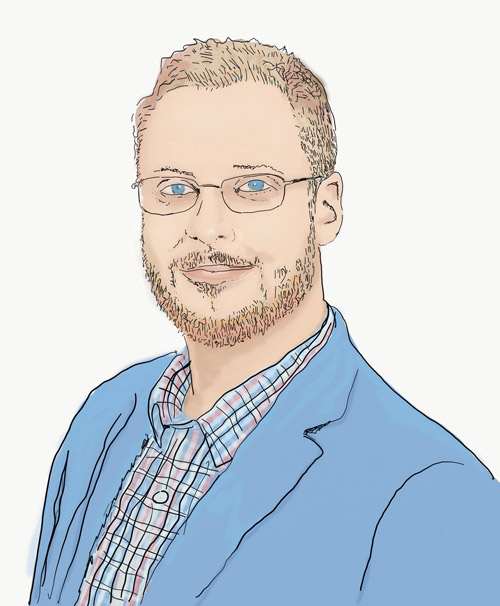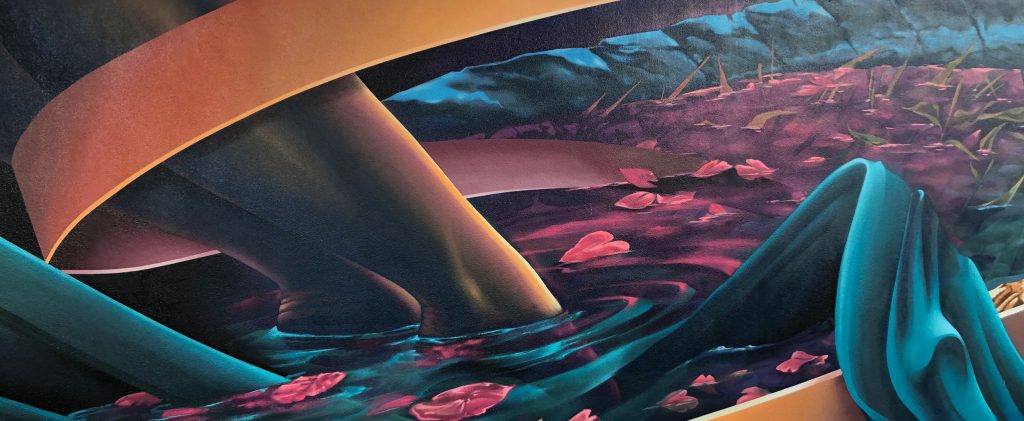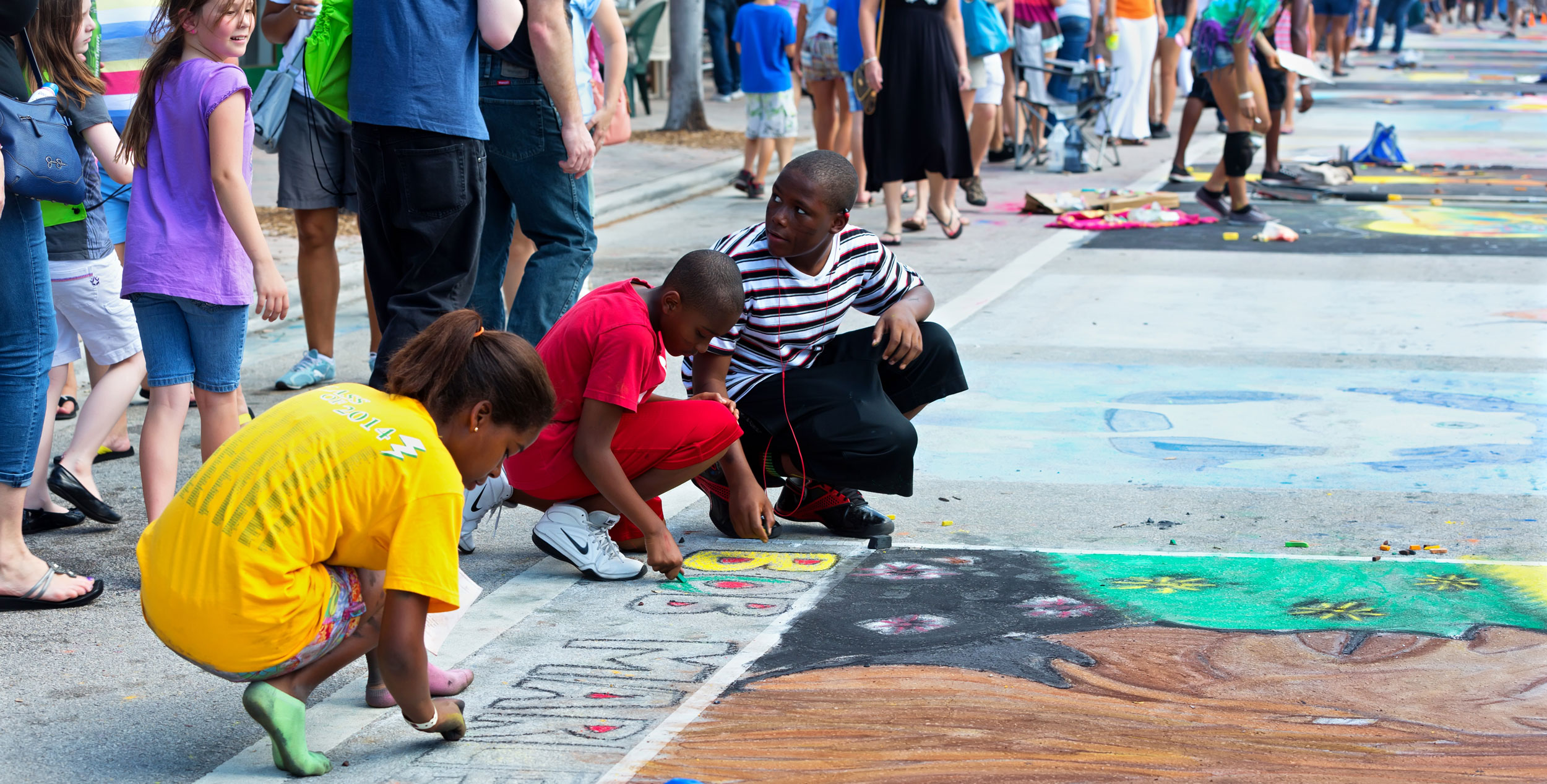One in five Florida residents were born elsewhere and brought their music, dance, art, ideas, traditions and innovations with them.
How much is this cultural gestalt worth? For Florida, a state at the crossroads of arts and migration, quite a lot.
“The creative production of people who arrive from afar can have profoundly stimulating effects on the economic ecosystem,” says Anthony Kolenic, assistant dean for research in the University of Florida’s College of the Arts.
Researching the role of migrants in the state’s creative economy is the goal of an initiative called Migration Redefined: Arts, Diaspora and Entrepreneurship in the 21st Century, which will draw on the college’s foundational expertise in global arts, particularly those with a Latin American or African focus.
The arts already add $33.4 billion to the state’s economy and with Florida’s migrant populations poised for growth, Kolenic says the arts sector of the economy can grow.
“We can engage this moment and its possibilities,” Kolenic says. “Florida is exactly the right place to do this kind of work because it’s a network of global networks, as a state and as a population.”
A center for arts, diaspora and entrepreneurship would counter the narrative in some quarters that immigrants are a social danger or a drain on the economy.
“Just the opposite is true,” Kolenic says.

Over 20 percent of Florida residents are immigrants, but immigrants make up 26 percent of the employed population. Immigrants are disproportionately likely to be entrepreneurs, with 381,117 immigrant business owners accounting for 30.7 percent of all self-employed Floridians and generating $5.6 billion in business income.
In Miami/Fort Lauderdale/Miami Beach, immigrants account for 61.6 percent of business owners. A full 66.8 percent of Miami’s creative class identifies as nonwhite.
Kolenic says there has been a paradigm shift in what it means to be an artist in the 21st century.
“The guiding thought here is to look at the ways culture is produced along the historical and contemporary tributaries of human movement,” Kolenic says. “Art includes the page, the stage and the frame, but it goes way beyond that. Artists can be a community asset, an expert collaborator, an excellent problem finder as opposed to just the problem solver. Artists, from a methodological perspective, are willing to stay with a problem longer than most disciplines have a tolerance for.
“The thing that makes the arts the arts is that we build meaningful experiences for people, and that has a variety of applications that can make the arts a wonderful resource.”
Kolenic points to the role of landscape architecture in a civil engineering project like Gainesville’s Sweetwater Wetlands Park. The artistic view of the landscape architect “threw a Z axis” into the project, turning a straightforward watershed management project into a tourism and recreation project and a revenue generator.
Among the new center’s goals is advocacy for communities that generate creative works. Often, Kolenic says, the rewards of cultural creativity have not accrued to the creators.
Many of the music, dance and storytelling narratives we think of as American have significant threads borrowed from migrant cultures, but the creators have not benefitted from the appropriation into the mainstream. A question the center would like to explore is how to ensure that cultures and artists that create art benefit from that creation.

Kolenic says the center will be college-level, much like the college’s pioneering Center for Arts in Medicine, the first of its kind and the one that other universities emulate.
Eventually, the center might seek a downtown location in a nod to Gainesville’s historical connection to “strands of people that have inhabited this space, including those who were kicked out of this space 200 years ago.” But the space is less important than the work. Says Kolenic: “In 2019, you can be a migrant in place. You can stay in one space, and the world will flow around you. It’s a much broader approach to migration.”
Kolenic came to UF from the University of Michigan after getting to know UF faculty through the Alliance for the Arts in Research Universities, of which UF is a founding member.
“The University of Florida has the wonderful opportunity as a public land-grant institution to serve all the people of Florida. As one of the most comprehensive research universities in the United States, UF has the capacity to serve the arts just as well as anything else. We have a unique opportunity to develop the arts in this context where we are also engaged in research.”
Source:
- Anthony Kolenic, Assistant Dean for Research, Technology and Administrative Affairs, College of the Arts
This article was originally featured in the Summer 2019 issue of Explore Magazine.

